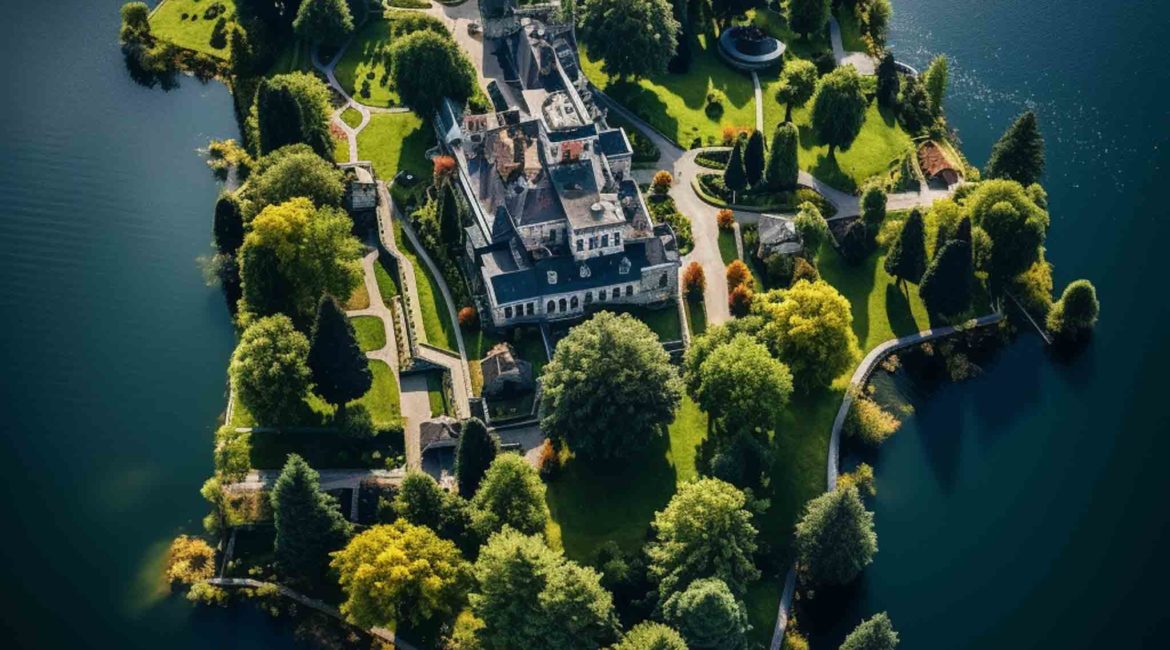Introduction
Aerial cinematography has revolutionized the art of filmmaking, allowing filmmakers to capture breathtaking shots from unique perspectives. With the advent of drone technology, aerial cinematography has become more accessible and affordable, enabling filmmakers to unleash their creativity and enhance the visual storytelling in their projects. This article explores the world of aerial cinematography, its advantages, techniques, equipment, safety considerations, and its impact on the future of filmmaking.
The Evolution of Aerial Cinematography
Aerial cinematography has a long history, dating back to the early days of filmmaking. Initially, filmmakers used helicopters or manned aircraft to capture aerial shots, which were expensive and logistically challenging. However, with the introduction of drones, aerial cinematography has become more versatile, cost-effective, and flexible.
Advantages of Aerial Cinematography with Drones
- Capturing Unique Perspectives: Drones provide filmmakers with the ability to capture stunning aerial shots that were once only possible with costly equipment.
- Flexibility and Maneuverability: Drones can fly in tight spaces, follow subjects smoothly, and execute complex camera movements, giving filmmakers greater control over their shots.
- Cost-Effective: Aerial cinematography with drones eliminates the need for expensive helicopters or aircraft, significantly reducing production costs.
- Time-Saving: Drones offer quick setup times and easy transportation, enabling filmmakers to capture aerial shots efficiently and seamlessly integrate them into their storytelling.
Types of Drones Used in Aerial Cinematography
- Quadcopters: Quadcopters are the most common type of drone used in aerial cinematography. They are versatile, stable, and equipped with high-quality cameras.
- Hexacopters and Octocopters: These drones have six and eight rotors, respectively, providing increased stability and payload capacity for professional-grade cameras and equipment.
- Fixed-Wing Drones: Fixed-wing drones are designed for longer flights and can cover larger areas, making them suitable for aerial surveys and capturing expansive landscapes.
Camera Equipment for Aerial Cinematography
- Gimbals: Gimbals are essential for stabilizing the camera and reducing vibrations, resulting in smooth and steady footage.
- High-Resolution Cameras: Aerial cinematography demands high-quality imagery, and filmmakers often use cameras capable of shooting in 4K or even higher resolutions.
- Wireless Video Transmission: To monitor the shots in real-time, filmmakers employ wireless video transmission systems that allow them to see what the camera sees from the ground.
Techniques and Best Practices
- Orbit Shots: This technique involves circling around a subject, creating a mesmerizing and immersive shot.
- Reveal Shots: Starting with a close-up of a subject and pulling back to reveal the surrounding scenery can be a powerful storytelling tool.
- Tracking Shots: Following a moving subject with the drone adds dynamism and energy to the footage.
- Flythrough Shots: Flying through a specific location or object can provide a unique perspective and create a sense of exploration.
- Golden Hour Filming: Shooting during the golden hour, the period shortly after sunrise or before sunset, can enhance the cinematic quality of aerial footage.
Safety Considerations for Aerial Cinematography
- Pilot Certification: Drone pilots should obtain the necessary certifications and licenses required by their local aviation authorities.
- Pre-Flight Checks: Thoroughly inspecting the drone, batteries, and equipment before each flight is crucial to ensure safe operation.
- Weather Conditions: Filmmakers must be aware of weather conditions and avoid flying in strong winds, rain, or other adverse weather situations.
- Flight Restrictions: Understanding and adhering to airspace regulations and flight restrictions is vital for safe and legal drone operations.
Legal Regulations for Aerial Cinematography
- Obtaining Permits: Filmmakers need to obtain permits and permissions from the relevant authorities to conduct aerial cinematography in certain locations.
- Privacy Considerations: Respecting privacy laws and obtaining consent when capturing footage of individuals or private properties is essential.
- Flight Restrictions: Different countries have specific regulations regarding drone flights, including altitude limitations, no-fly zones, and flight distance restrictions.
Examples of Aerial Cinematography in Films
- “Skyfall” (2012): The opening sequence of the James Bond film “Skyfall” showcases stunning aerial shots of Istanbul, capturing the city’s iconic skyline and landmarks.
- “The Revenant” (2015): Aerial cinematography was used extensively in “The Revenant” to capture the vast and breathtaking landscapes of the American wilderness.
- “Dunkirk” (2017): The aerial shots in “Dunkirk” provided a unique perspective on the intensity and scale of the evacuation operation during World War II.
Future of Aerial Cinematography
The future of aerial cinematography is promising, with advancements in drone technology and camera equipment. Drones will continue to play a significant role in filmmaking, enabling filmmakers to push the boundaries of creativity and capture awe-inspiring shots. As regulations evolve and become more accommodating, aerial cinematography will become even more prevalent in various industries, including filmmaking, real estate, sports, and tourism.
Conclusion
Aerial cinematography with drones has transformed the art of filmmaking, offering filmmakers unprecedented creative opportunities and the ability to capture stunning visuals from unique perspectives. The evolution of drone technology has made aerial cinematography more accessible, cost-effective, and versatile. However, it is crucial for filmmakers to adhere to safety regulations, obtain necessary permits, and respect privacy considerations while conducting aerial cinematography. As the field continues to advance, aerial cinematography will undoubtedly continue to shape the future of filmmaking.





